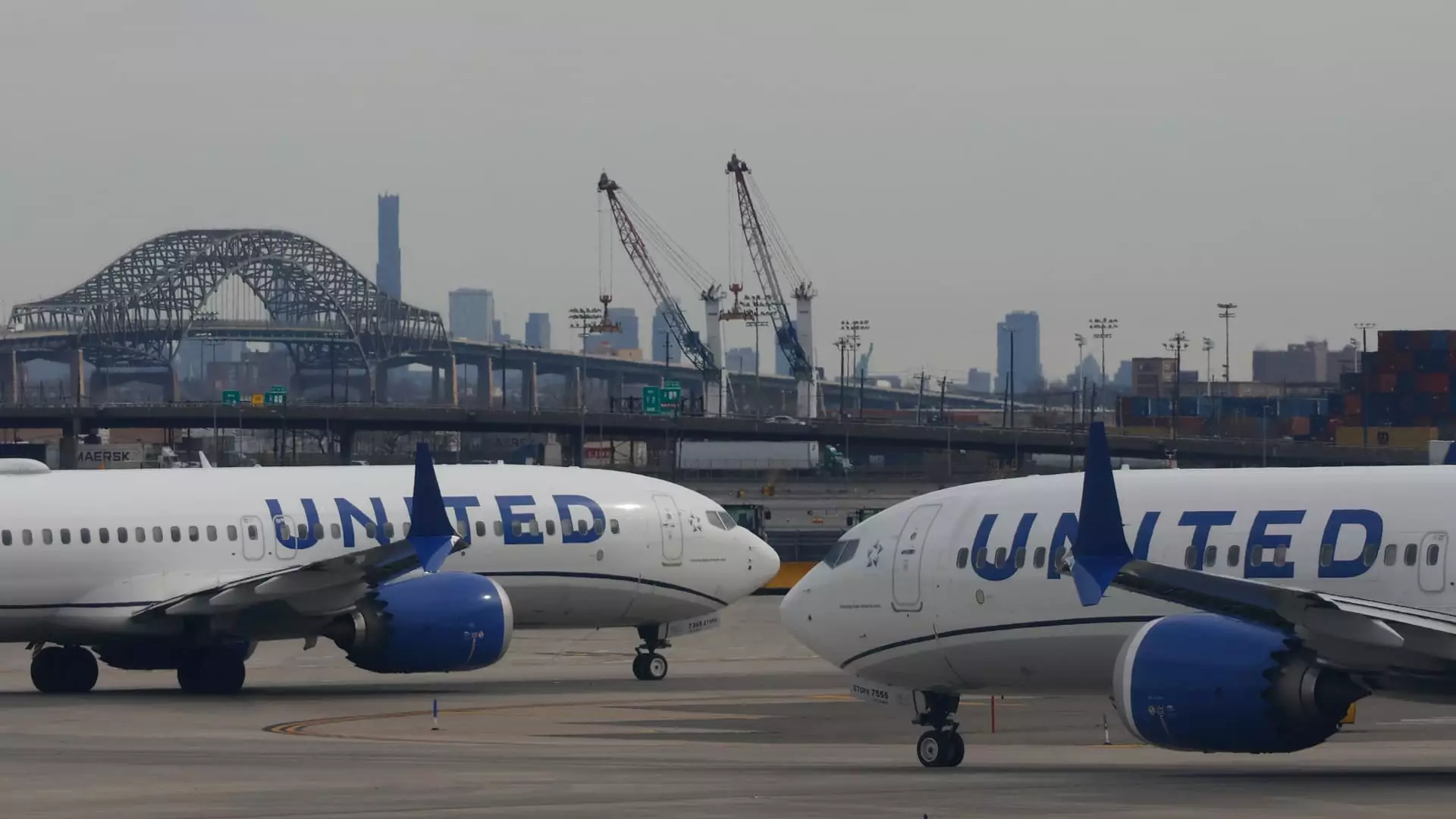The recent announcement of United Airlines cutting 35 daily flights at Newark Liberty International Airport highlights a systemic failure that has been brewing beneath the surface of the aviation industry. CEO Scott Kirby candidly acknowledged that the chaos was primarily driven by staffing shortages among air traffic controllers and technological issues. In a time when air travel is meant to symbolize efficiency and connectivity, the sheer number of cancellations and delays—over 1,700 in just one week—paints a grim picture. For an airline of United’s stature, this is not just an inconvenience; it’s a catastrophic failure of service that erodes customer trust.
The FAA’s Role in a Failing System
For years, understaffing and bureaucratic inefficiencies within the Federal Aviation Administration (FAA) have plagued the system. The chronic lack of qualified air traffic controllers, exacerbated by training halts during the COVID-19 pandemic, has systematically weakened the operational backbone of air travel. When United Airlines’ CEO lays the blame at the feet of the FAA, it’s not merely rhetoric; it’s an audible cry for accountability. The Transportation Department’s new incentives, offered to combat staff shortages, appear more like band-aids on a gaping wound than substantive solutions. A significant overhaul is necessary, not only to fix staffing but also to instill a culture of reliability and resilience.
Effects on Passengers and Airline Accountability
It’s hard to overstate the impact that these widespread disruptions have on passengers. Those who planned their vacations or business meetings, only to endure hours of waiting and uncertainty, are not just inconvenienced—they may permanently alter their travel habits. United Airlines’ decision to eliminate change fees for affected customers is a step in the right direction, but it barely scratches the surface of the broader issue at hand. We must question whether airlines are investing enough in service reliability, or if they are too wedded to growth and expansion without sufficient regard for the operational infrastructure that supports these ambitions.
The Broader Implications for the Aviation Industry
This turmoil at Newark serves as a warning sign for the entire aviation industry. With various airports across the nation struggling with similar staffing and technology issues, the potential for a systemic crisis looms large. As travelers become more selective about the airlines they choose, companies that fail to deliver on their promises will be forced to reassess their positions in an increasingly competitive market. The ramifications can influence not only quarterly earnings but also broader perceptions of what it means to “fly the friendly skies.”
Both United Airlines and the FAA must recognize that the path to restoring passenger confidence lies in genuine transparency and enduring commitment to operational excellence. The next time an airline puts out a pressing announcement about service cuts, it should be devoid of the haunting specter of chaos, rather than simply a desperate response to an untenable situation.

